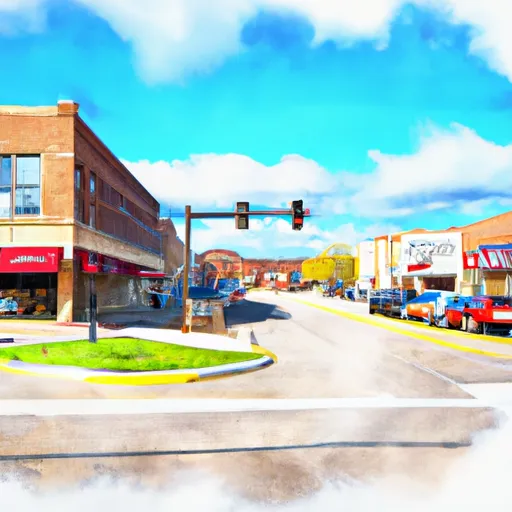°F
°F
mph
Windspeed
%
Humidity











Buffalo Center is a small town in northern Iowa with a humid continental climate. Summers are warm with temperatures in the 70s and 80s, while winters are cold with temperatures often below freezing. The area receives an average of 34 inches of precipitation per year, with most occurring in the summer months. The Buffalo Creek runs through the town and is a popular spot for fishing and canoeing. The creek is also monitored for nitrate and phosphate levels as it is a potential source of contamination for the nearby Cedar River Watershed. Outdoor recreation opportunities include hiking and wildlife viewing at the nearby Crystal Lake Wildlife Management Area and camping at the Lake Cornelia Recreation Area.
Weather Forecast
Buffalo-Center receives approximately 822mm of rain per year, with humidity levels near 83% and air temperatures averaging around 8°C. Buffalo-Center has a plant hardyness factor of 5, meaning plants and agriculture in this region thrive during a short period during spring and early summer. Most plants will die off during the colder winter months.
Regional Streamflow Levels
361
Cubic Feet Per Second
205
Cubic Feet Per Second
8
Cubic Feet Per Second
63
Cubic Feet Per Second
Nearby Camping
| Camping Area | Reservations | Toilets | Showers |
|---|---|---|---|
| Bray County Park | |||
| Rapidan Dam Co Park | |||
| Minneopa State Park | |||
| Crosby Memorial Park | |||
| Pierz Park | |||
| Mille Lacs Kathio State Park |



